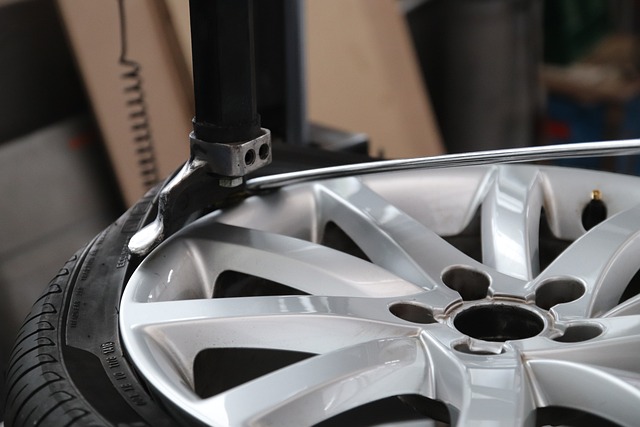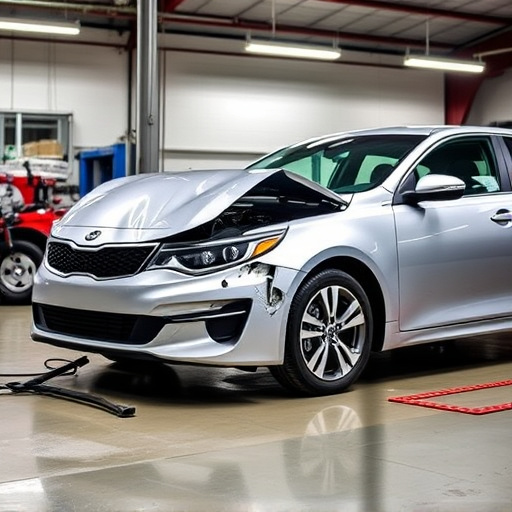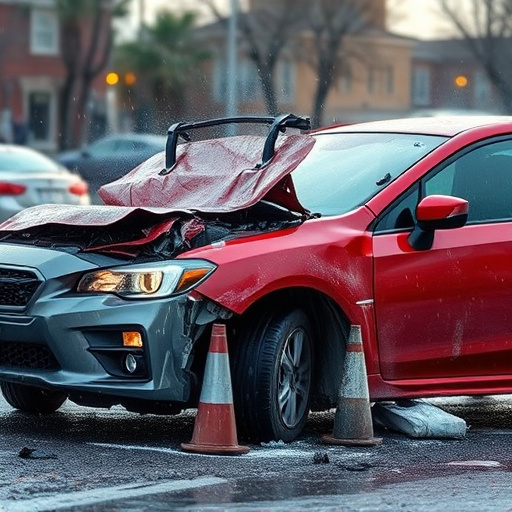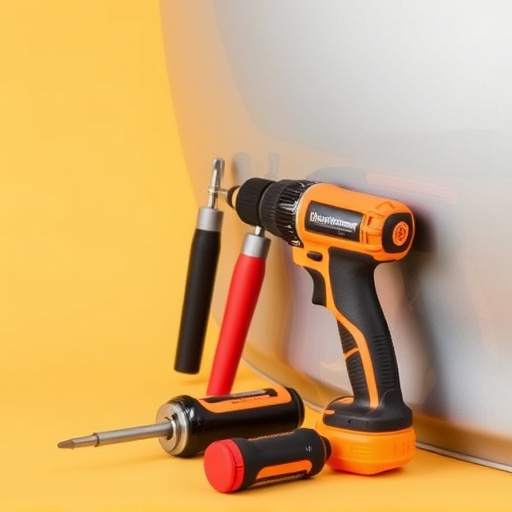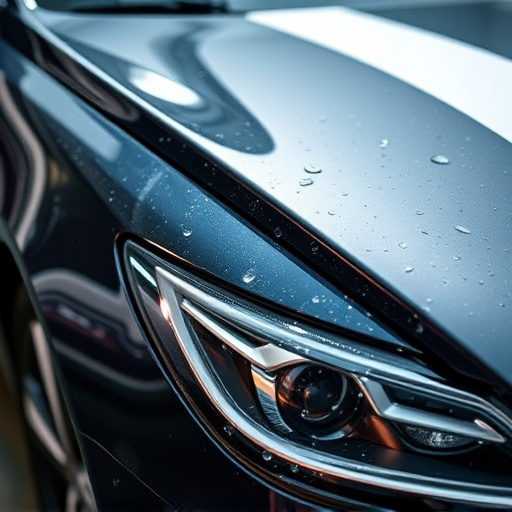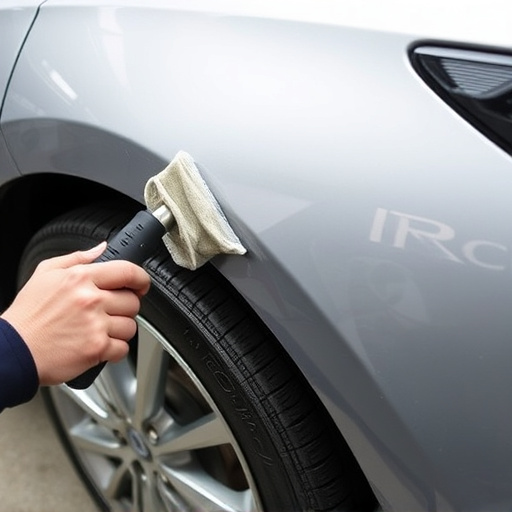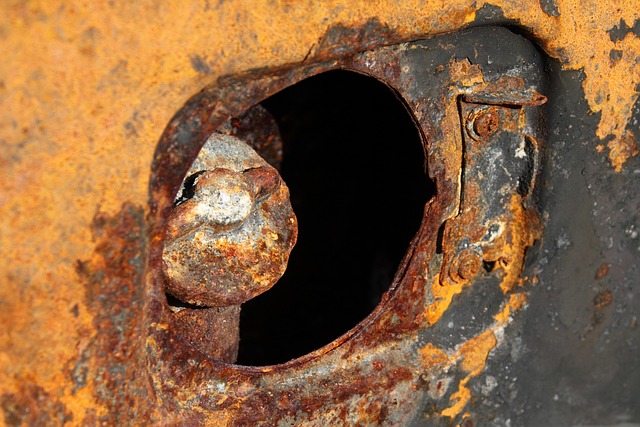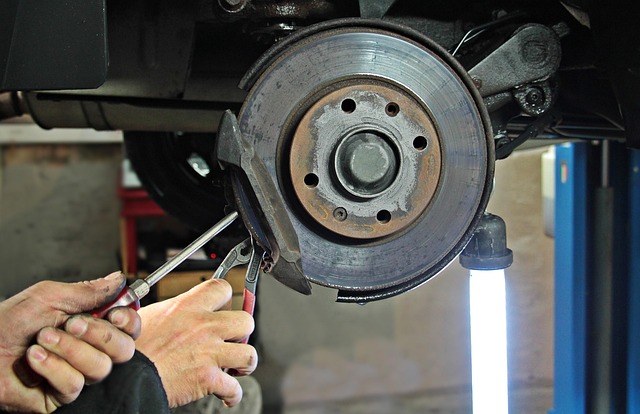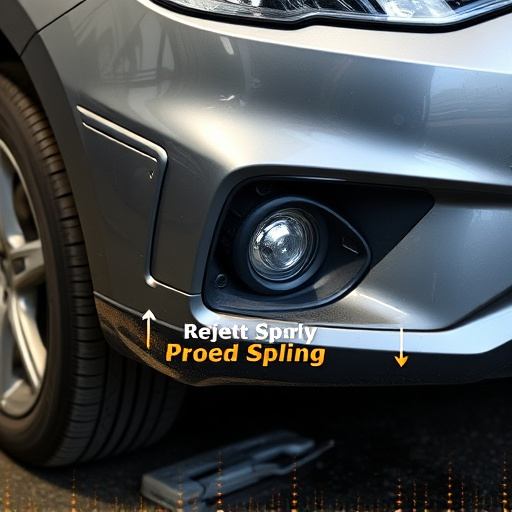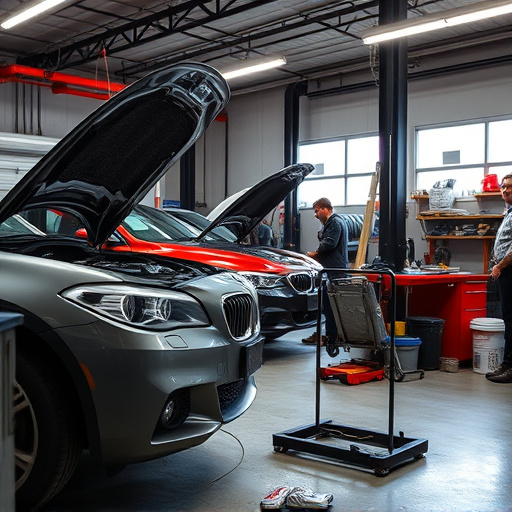Valet service collision repair, a niche segment within automotive services, varies significantly globally due to regional factors like safety standards, environmental concerns, and cultural norms (e.g., North America vs. Europe). Businesses that excel in understanding these regions can offer tailored, superior services, balancing quick turnaround times, high-quality finishes, cost-effectiveness, and advanced technologies. Regional policies dictate coverage, service quality, and customer expectations, influencing offerings from dent repair to comprehensive packages. Effective communication, exceptional craftsmanship, detailed estimates, consistent updates, and parts meeting industry standards are crucial for building trust and positive reputations in this competitive market.
“Uncovering the global landscape of valet service collision repair, this article explores the varying policies and expectations that shape this specialized industry. From North America’s stringent standards to Europe’s comprehensive coverage and Asia-Pacific’s unique approaches, regional differences in valet repair policies are diverse.
We’ll delve into how these variations impact customer experiences, exploring best practices that ensure quality, transparency, and satisfaction in the event of a collision while utilizing valet service.”
- Understanding Valet Service Collision Repair: A Global Perspective
- Regional Variations in Policy and Coverage
- Best Practices and Customer Expectations for Valet Repair Services
Understanding Valet Service Collision Repair: A Global Perspective
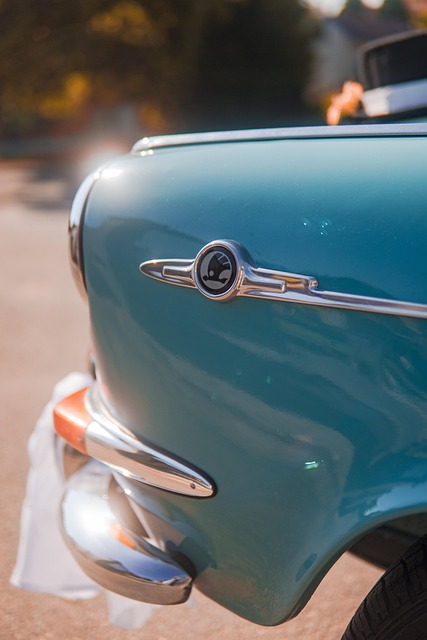
Valet service collision repair is a specialized segment within the broader automotive industry, offering critical support for both individual vehicle owners and fleet managers worldwide. This global perspective highlights the diverse approaches and policies surrounding valet service collision repair, shaped by regional regulations, cultural norms, and market dynamics. From North America’s stringent safety standards to Europe’s emphasis on eco-friendly materials and practices, each region contributes unique elements to this dynamic field.
Understanding these variations is essential for businesses operating in multiple markets, as it allows them to tailor their auto repair services, including collision centers, to local needs. For instance, while many regions prioritize quick turnaround times and high-quality finishes, others may focus more on cost-effectiveness or the integration of advanced technologies like autonomous repair systems. By navigating these regional nuances, businesses can enhance customer satisfaction, build stronger reputations as trusted auto maintenance providers, and ultimately drive success in a globalized automotive landscape.
Regional Variations in Policy and Coverage

In the realm of valet service collision repair, regional policies exhibit notable variations, shaping the availability and extent of coverage for both customers and service providers. These disparities can be attributed to differing cultural norms, legal frameworks, and local business practices. For instance, some regions enforce stringent standards, mandating comprehensive insurance and detailed repair protocols, while others maintain more lenient regulations. This heterogeneity impacts the overall customer experience, with varying expectations regarding service quality, turnaround times, and cost-sharing arrangements for repairs, including vehicle dent repair and car bodywork services.
Moreover, regional variations influence the types of services offered under collision repair packages. Some areas focus on specialized repairs, such as intricate vehicle dent repair or complex car bodywork services, ensuring that customers have access to a full spectrum of solutions tailored to their needs. Conversely, other regions might prioritize convenience and speed, offering more standardized packages with broader coverage but potentially limiting the depth of specific repairs. Understanding these regional differences is crucial for both consumers and businesses navigating the valet service collision repair landscape.
Best Practices and Customer Expectations for Valet Repair Services
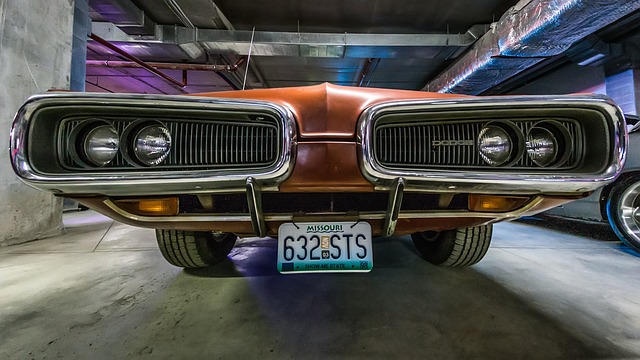
When it comes to valet service collision repair, best practices involve clear communication and high-quality workmanship. Customers expect their vehicles to be handled with care and returned to them in as good or better condition than when they handed it over. This means providing detailed estimates, keeping clients informed throughout the repair process, and ensuring all parts meet or exceed industry standards.
Valet repair services should offer a range of solutions from simple car collision repair to more intricate auto body painting tasks. Customers appreciate when these services are tailored to their specific needs, whether it’s repairing minor dents and scratches or restoring a vehicle’s exterior to its original state through comprehensive paint jobs. Efficient scheduling, prompt turnaround times, and ensuring customer satisfaction across all interactions are key factors in building trust and maintaining a positive reputation in the market.
The global landscape of valet service collision repair policies varies significantly, reflecting regional differences in regulations, cultural norms, and consumer expectations. Understanding these variations is crucial for both repair shops offering valet services and customers navigating post-accident vehicle care. By adopting best practices outlined in this article, industry professionals can enhance customer satisfaction and ensure consistent, high-quality repairs across diverse regions, ultimately fostering trust and loyalty in the ever-evolving world of valet service collision repair.

